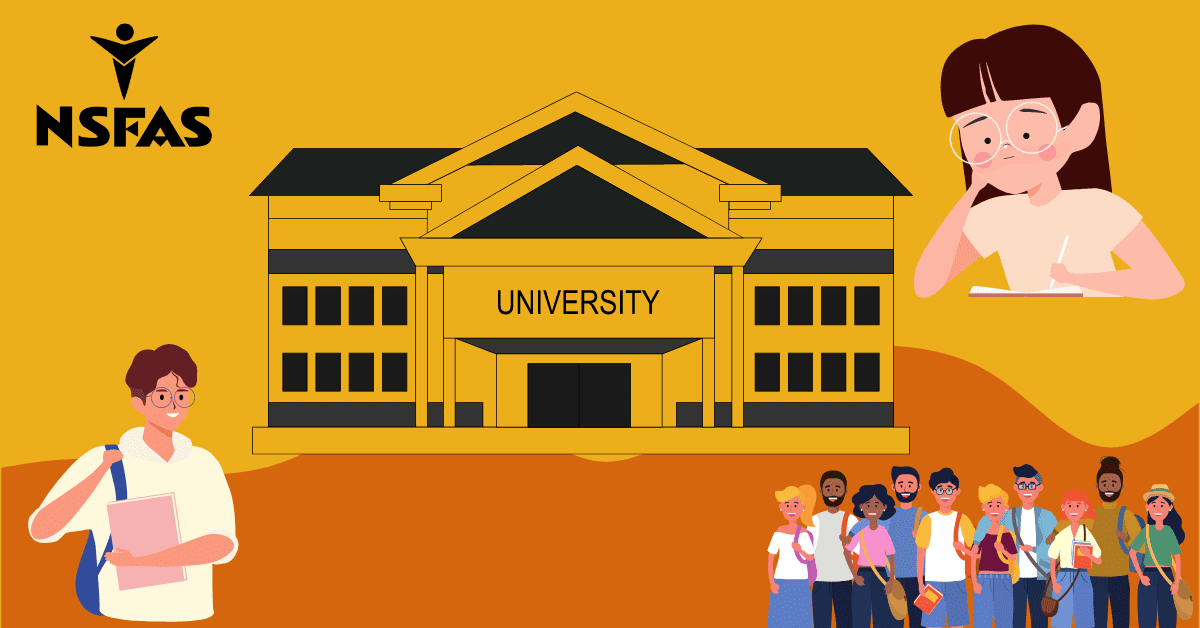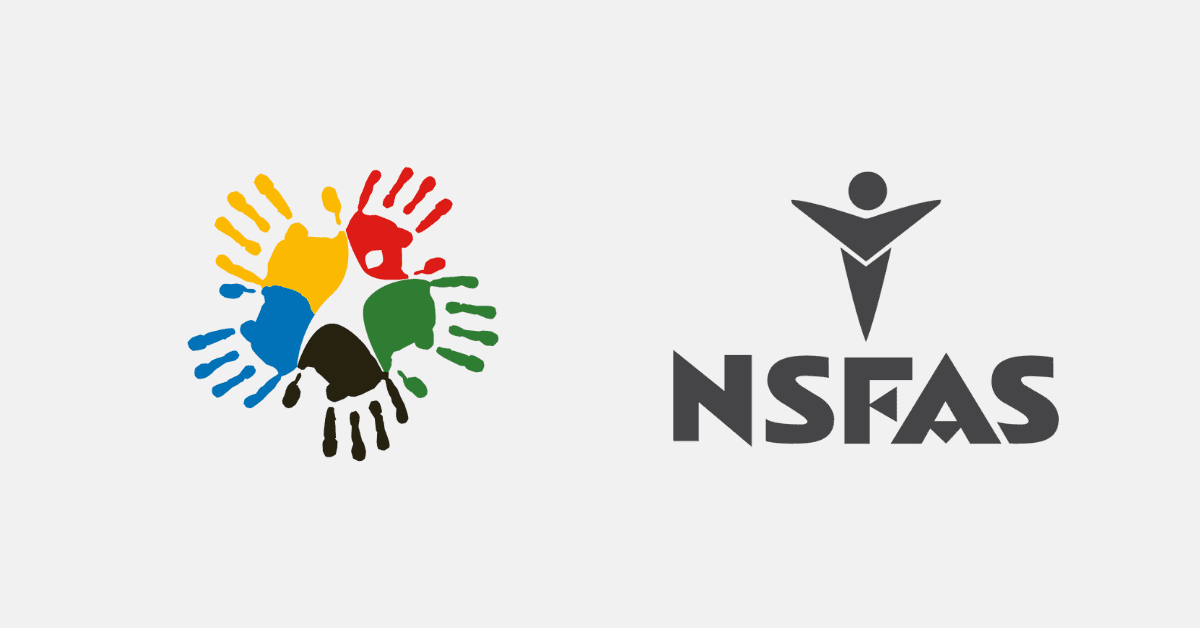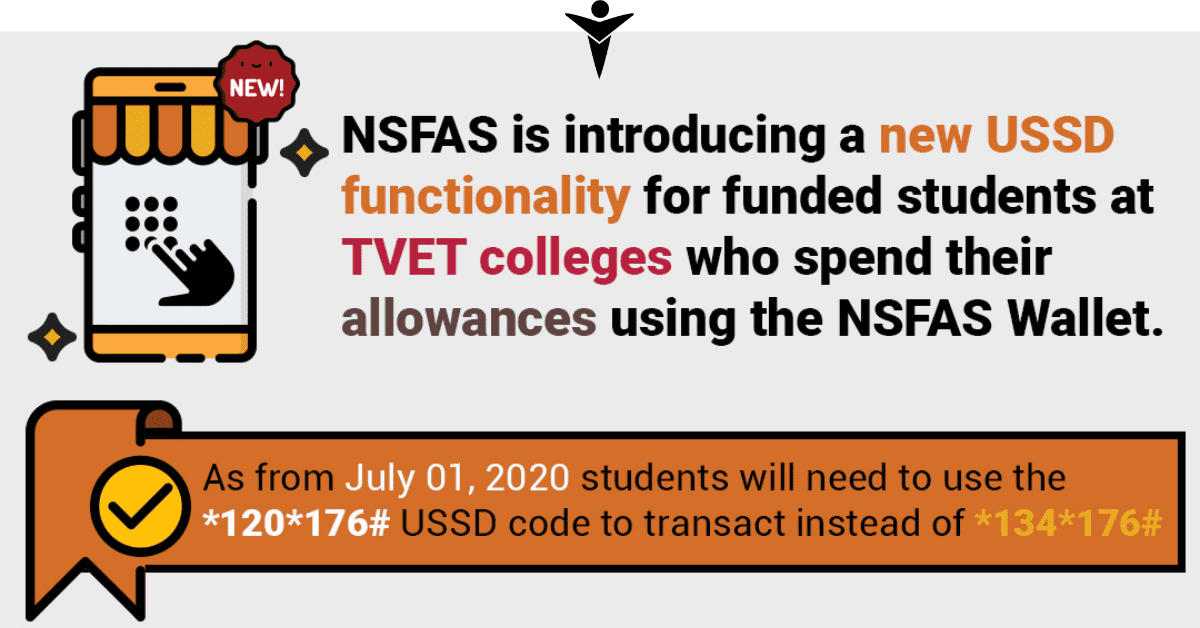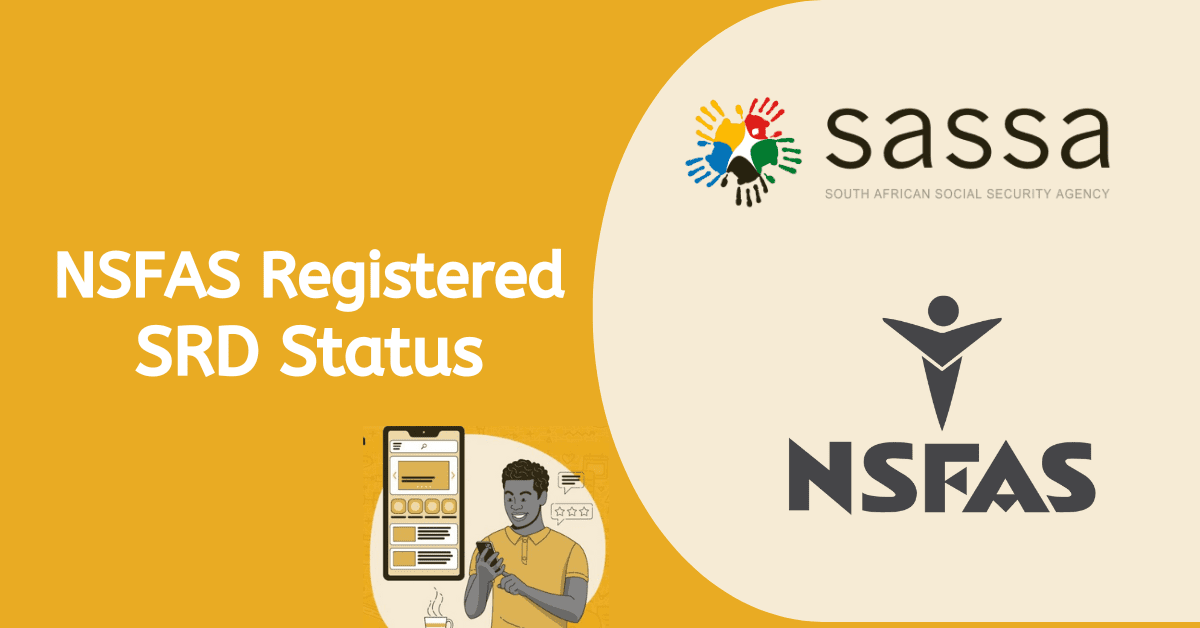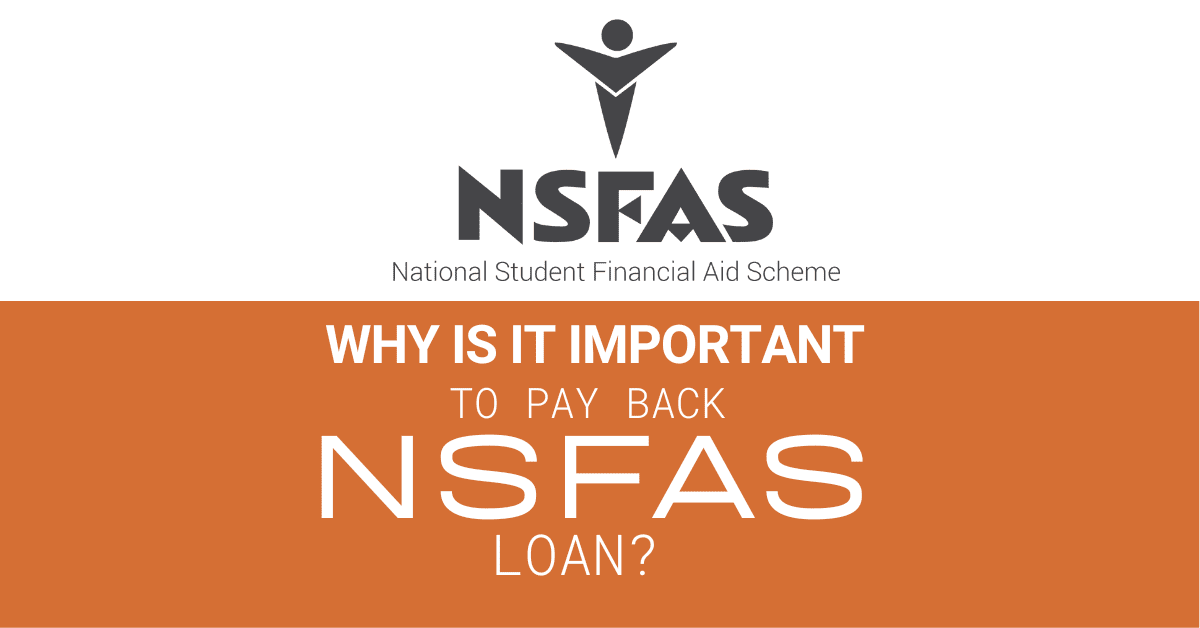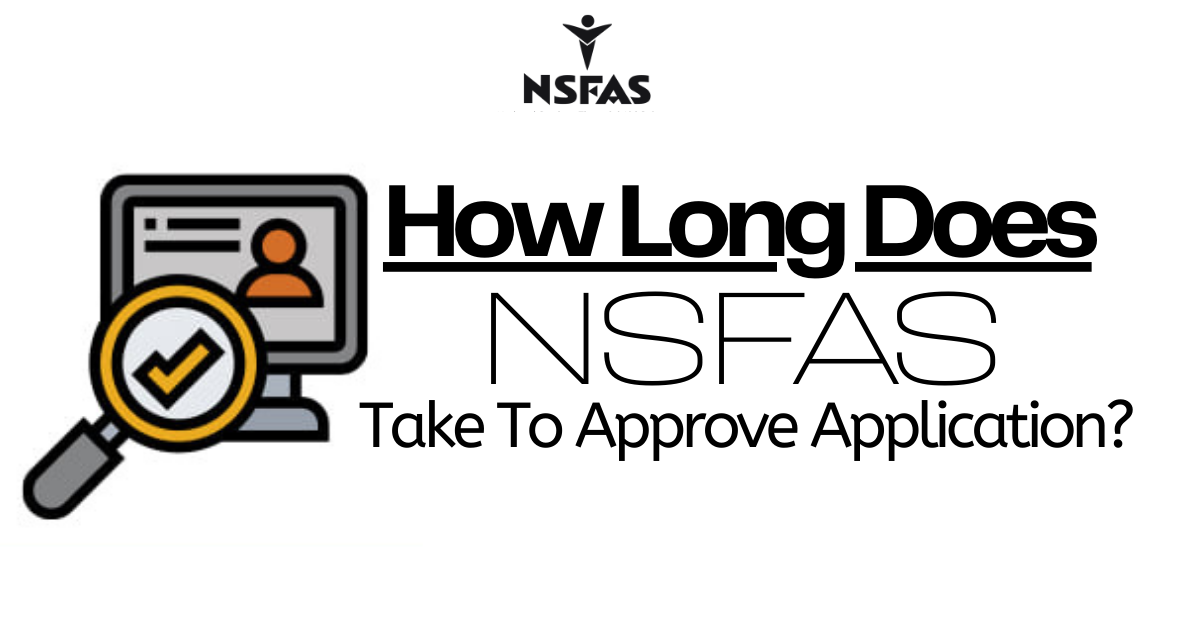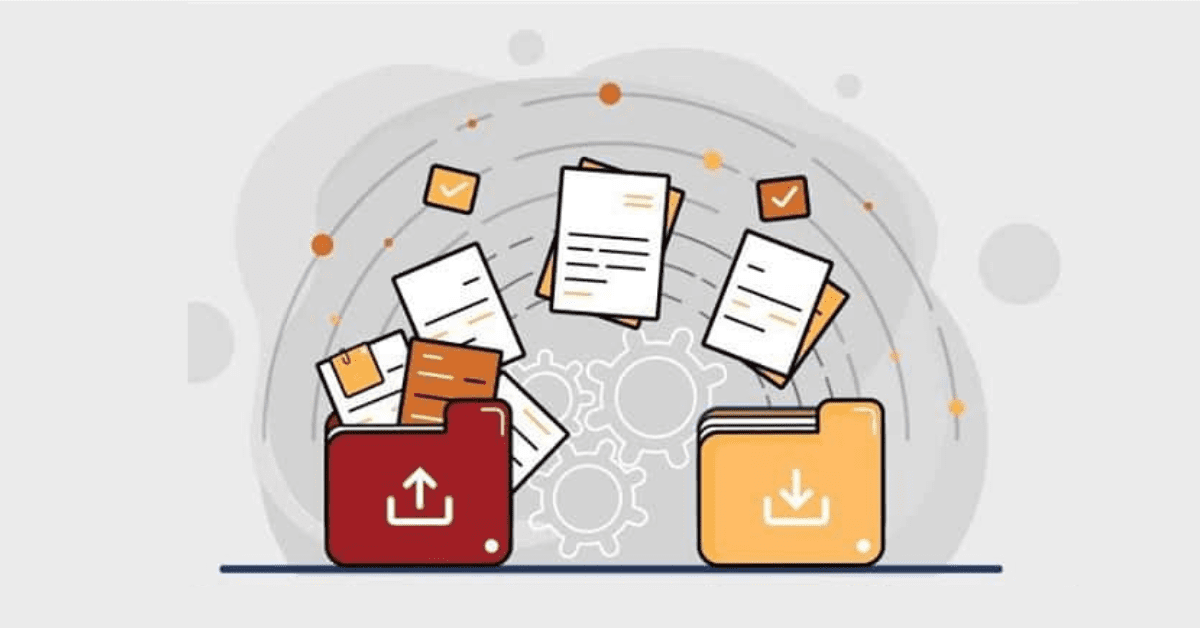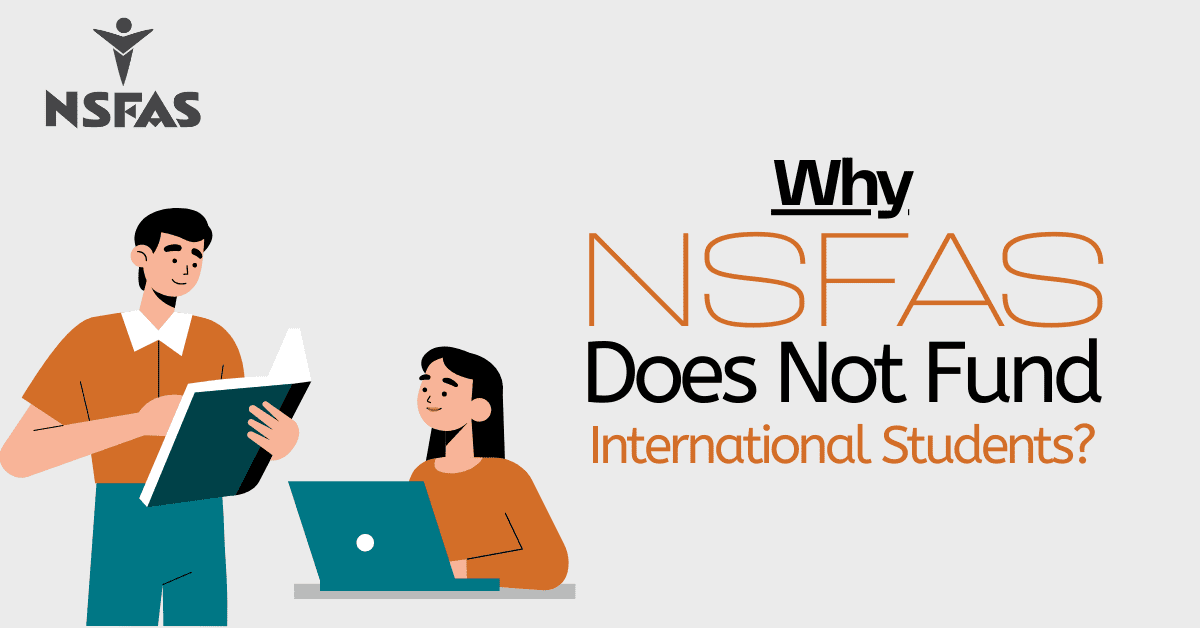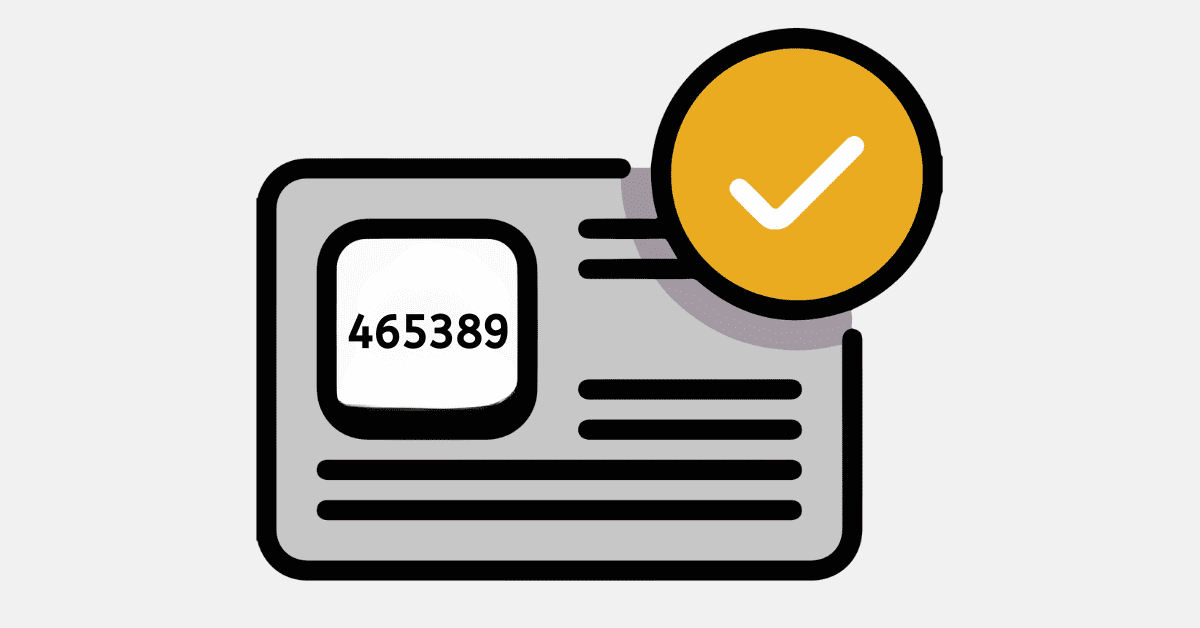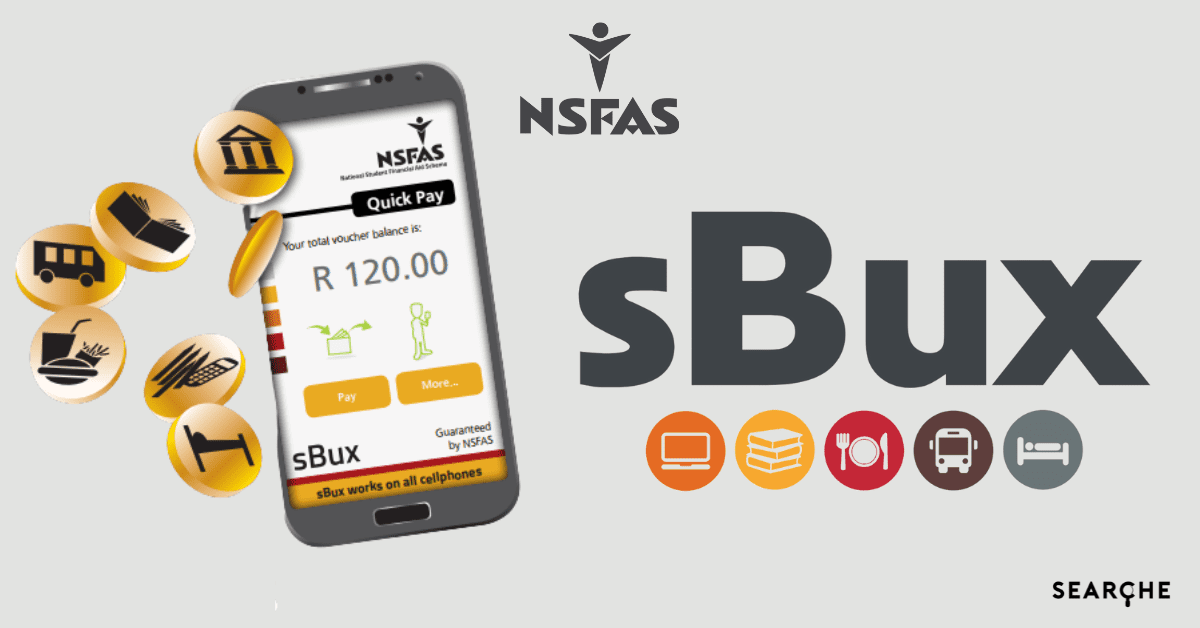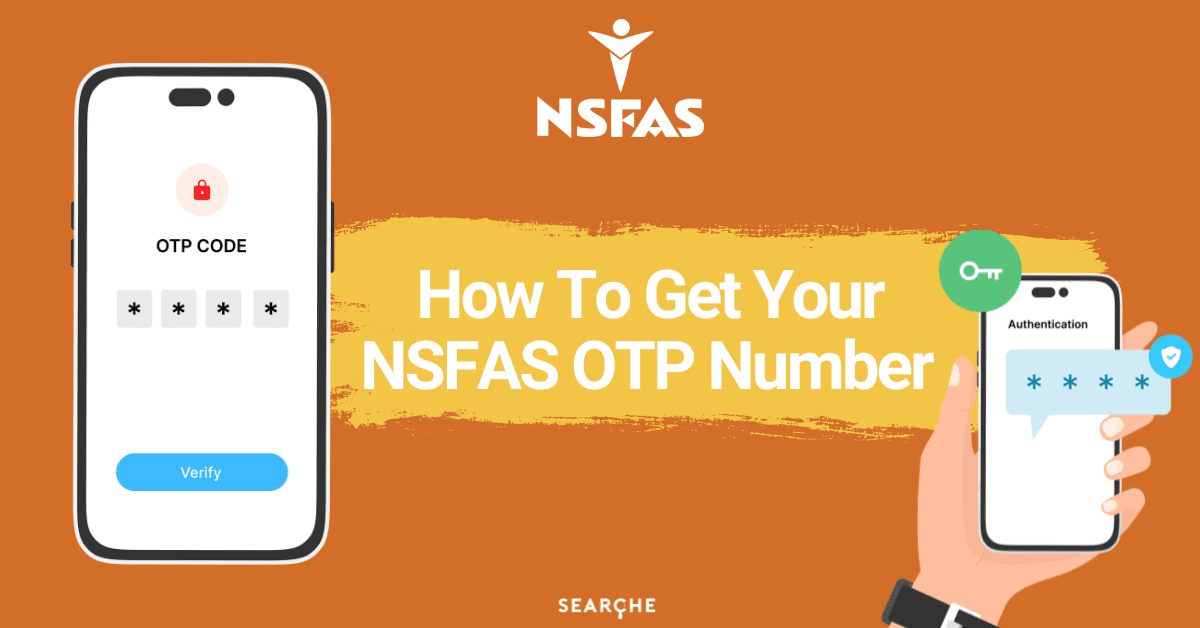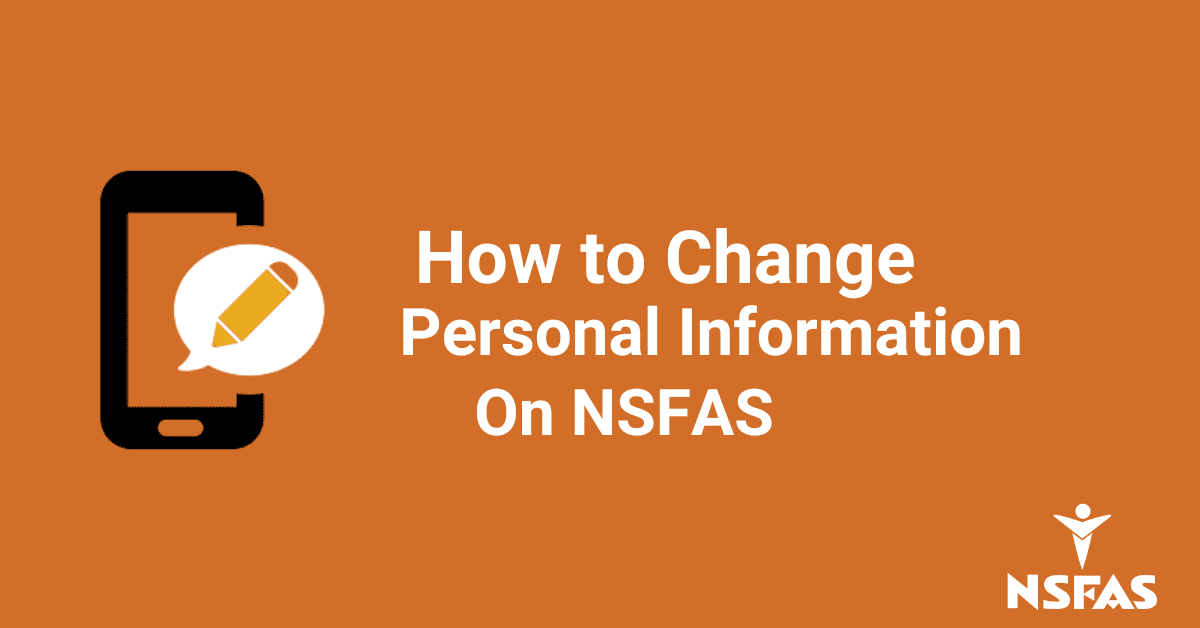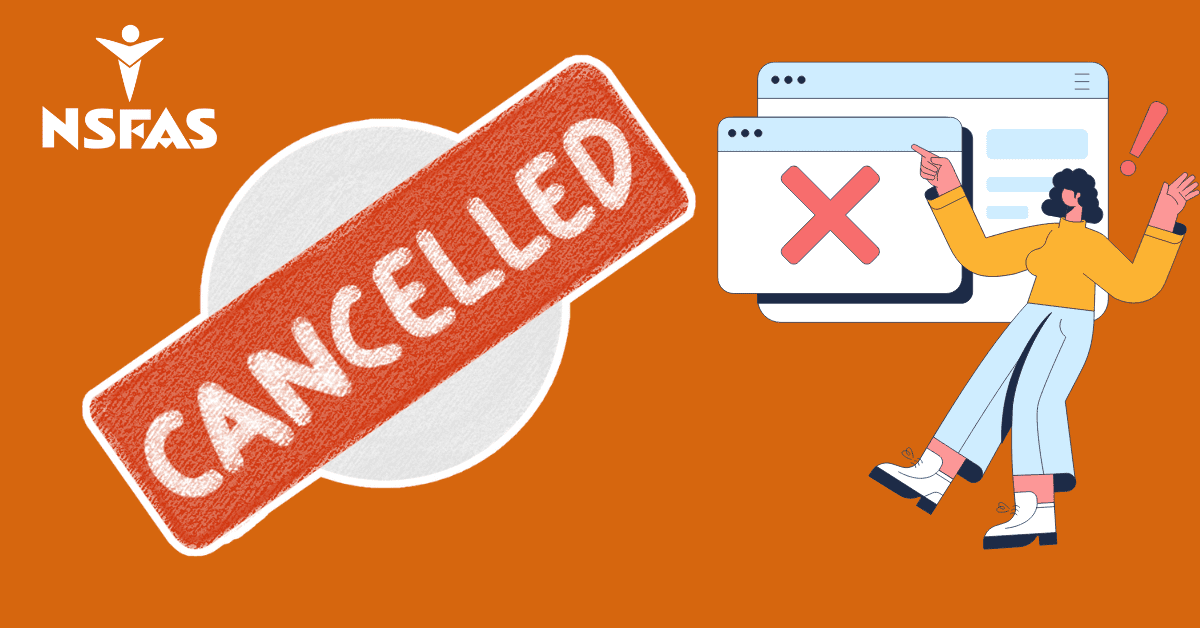The National Students Financial Aid Scheme (NSFAS) carefully screens all applicants to ensure that only the needy get funding. If your application is rejected, you should not despair. Both new and returning students are allowed to reapply for NSFAS funding, although many students think that it is impossible. Read on to learn everything you want to know about reapplying for NSFAS.
When Can I Reapply for NSFAS if Rejected?
If your application for the NSFAS bursary has been rejected, you can reapply for funding later in the year. You can do this when NSFAS opens applications for the new academic year. NSFAS opens for new applications towards the end of the year and closes in late January or early February of the following year. When you reapply for NSFAS, ensure that your documents are correct to avoid repeating the same mistake.
What to Do if NSFAS Rejected My Application?
When your application is rejected, you must reapply for a second consideration. If you are a new applicant, your application can be declined as a result of various reasons. It is crucial to identify the causes for the rejection of your first application and then address them when you reapply.
You can appeal for funding if you are a returning student and your funding is revoked because you have failed to pass at least 50% of your modules. You need to write an NSFAS appeal motivational letter explaining the circumstances that could have contributed to your poor performance. You also need to explain why you think you deserve a second chance. Create the best impression by submitting a letter with no mistakes.
When you appeal the rejection status, make sure you do so within 30 days from the day you receive the decision from NSFAS. If you want to appeal your NSFAS rejection, make sure you use the “Appeal” tab in your myNSFAS portal. If the tab is not available or greyed out, it means you cannot appeal your rejection.
Follow the steps below to appeal the NSFAS rejection of your application.
- Visit www.nsfas.org.za and log in to your account
- Go to “Track Funding Progress”
- Check your application status
- Click on the “Submit Appeal” tab if you see a rejection message. You will see the reason for the rejection.
- Choose an appealing reason and upload relevant supporting documents
What are the Reasons for NSFAS Rejection?
NSFAS bursary is for South African citizens only. Even if you try your luck, you may be wasting your time since the application will be declined if you are not a South African. NSFAS rejects applications that fail to meet the requirements.
When your application is rejected, it is shown on your myNSFAS portal as “Rejected/Unsuccessful” status. The following are the common reasons for the rejection of applications for funding which will appear on your portal.
- All applications must be accompanied by specific documentation. If there are missing documents or incorrect details, your application will be rejected. Check all the requirements before submitting your application.
- Application received after closing date”- NSFAS no longer accepts late application submissions since they will be automatically rejected.
- “Application is Deceased”- you have submitted your application in the name of a deceased person, or the Department of Home Affairs has identified incorrect information in your application.
- “DHA Error”- your information does not exist on the DHA database.
- “Not eligible for Funding”- if you get financial aid from other sources, NSFAS will reject your application.
- “Income More than R370K”- NSFAS bursary scheme is meant for students who come from poor backgrounds. If your combined household income is more than R370 000, you will not be eligible to get NSFAS funding.
- Did not meet the 50% academic progression requirements”- all returning students should pass 50% of their modules, or else funding will be stopped.
- “Report 191 in academic career”- all TVET students who fail to follow NSFAS rules when applying for funding will be rejected.
- The Institution can’t take you”- if you don’t meet the academic requirements for the program you want to study, your application will be rejected.
- “Highest qualification already attained”- you should know that NSFAS does not fund students intending to study postgraduate courses.
- If you have been funded in the previous qualification, your application will be rejected.
How Do I Appeal NSFAS Rejection 2026?
When you receive the “Unsuccessful” NSFAS application on your portal, you must submit an appeal within 30 days. Use your myNSFAS portal and follow the steps below.
- Visit www.nsfas.org.za and log in to your account.
- Click “Track Funding Progress”
- Check the application progress tab.
- If you see an unsuccessful message, click on the “Submit Appeal Tab”.
- On the “Application Appeal” tab, you will see the reason for the unsuccessful application status.
- Write the reasons for appealing the status and provide a motivation letter that does not exceed 1000 characters.
- Upload supporting documents
- Click “Submit Appeal”
When you have submitted your appeal, you can track progress on your myNSFAS account. It usually takes 30 days to get the results of your appeal.
How Many Times Can I Apply for NSFAS?
Before you apply for NSFAS funding, you should know that you can only get aid for one qualification at a single institution. You cannot get funding for two qualifications at the same time. When you complete an N6 qualification at TVET college, you can be funded for university education.
You can cancel your application and apply again if you meet the NSFAS requirements. If you feel that you have made a mistake in your application, you can cancel and reapply several times as long as you do this within the application window. Once the date for submission of the NSFAS application is over, you may not be able to apply.
If NSFAS rejects your first application, you can apply again. If your application has already been accepted, you do not need to apply twice. If you fail to attain the 50% pass mark in your modules, you can apply twice.
NSFAS rejects applications as a result of different reasons. You can reapply when your application is unsuccessful, but you need to provide the correct details. You can also appeal a rejection if you’re convinced that you deserve to get funding.
